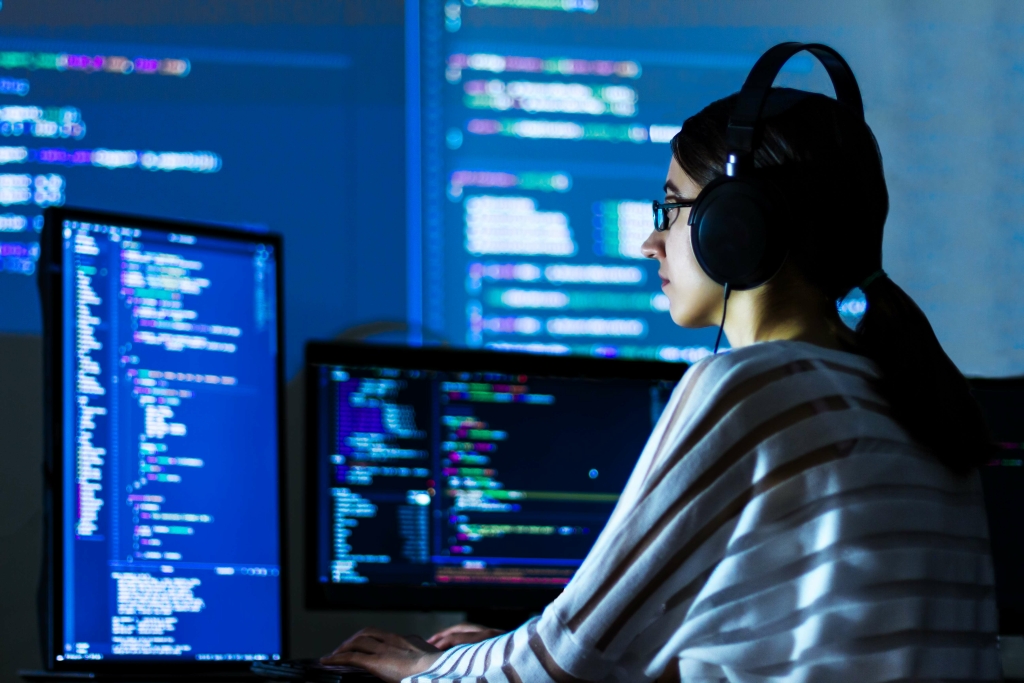Description
Content
- Build, run, debug
- Executing and stopping a scenario
- RemoteMode
- Get a New Remote Career in Less than a Year
- Installing the Remote Feed Application
- Sign up to find emails for RemoteMode employees and top managment. Signalhire validates emails & phone numbers
- Companies similar to RemoteMode:
- Explore most popular remote careers
When this occurs, an M_CTL message with the command MC_NO_CANON is sent to ldterm(7M) indicating that data should be passed when received on the read side and that no canonical processing is to take place. With RemoteModelHost, each worker process will still create its own RemoteModelHost instance. But internally, only one of the worker processes will really load the model onto GPU and start as the grpc server. All the other worker processes will be grpc clients and won’t load the model.
- You implement a remote IEC during the implementation project phase to transport data to the SAP CC systems.
- The remote mode allows applications on the master side to turn off the canonical processing.
- I followed this but Mainsail still tries to connect to the Mainsail host IP rather than prompting me to add a printer like my.mainsail.xyz does.
- However, if you plan to run tensor compluations on a GPU device, you will want to have only one DNN model instance created on the GPU device.
- Close the window (COMMAND or UNIX) in which the connector program is running.
- However, RemoteModelHost doesn’t support the creation of multiple model instances on a single machine node.
- I have Moonraker installed and setup on my SBC where Klipper is but wanted to host Mainsail elsewhere in my network using docker.
If you do not want a complete copy of your network mailbox, you can restrict what is retrieved, such as only new messages or only message subject lines. By default, CLion indexes and synchronizes all the directories listed in CMakeLists.txt. However, if you exclude a directory using the Mark Directory as | Excluded action, it will be marked as Excluded path for the remote deployment and will not be synchronized with the remote machine.
Build, run, debug
When RemoteModelHost.predict is called in client worker processes, the query is serialized and sent to the remote grpc server to process. Setting the number of worker processes to be (2 x $num_cores) + 1 is perfect for running preprocessing and postprocessing code which is in Python efficient. However, if you plan to run tensor compluations on a GPU device, you will want to have only one DNN model instance created on the GPU device.

After a remote connector starts, you can manage the execution of a scenario by using the CAT Tool user interface. In Remote mode, your code can run solely in Unity Editor’s Play Mode, allowing for code iteration to happen without re-deploying to a device. Under the hood, ARDK communicates with an instance of the Remote Feed application running on a mobile device to run ARDK code on the device and send relevant data back to https://remotemode.net/become-a-net-razor-developer/owasp-proactive-controls/ Unity. When you create a connection entity for the remote toolchain, CLion puts it in the list of server access configurations in Settings | Build, Execution, Deployment | Deployment. Similar to Caching mode, a copy of your network mailbox (or the portion you specify), is stored on your local drive. You can retrieve and send messages on a periodic basis with the type of connection you specify (modem, network, or TCP/IP).
Executing and stopping a scenario
This is performed automatically when you exclude a folder before configuring a remote toolchain. Remote Mode moves the user interface – the bit you interact with – away from the main computer where you’re actually running FoCal, on to another device. The https://remotemode.net/company-news/remotemode-launches-dashboard-to-improve-students-user-experience/ following code provides an example of how to establish a session in Remote Mode, using the standard service mode, and load a collection of projects. For example, creating multiple VMs or dockers and bind one GPU device to each of them respectively.

Learn to create powerful yet user-friendly computer applications and websites using the Python programming language. Remote Mode allows you to have your camera connected to your Windows or Mac computer, but control FoCal from another device, e.g. an iPad. For both CMake and Makefile configurations, you can set remote external tools as a Before launch step. Nothing happens when I press Play in the Unity Editor, even though both the app and the Virtual Studio window shows they are connected.
RemoteMode
I followed this but Mainsail still tries to connect to the Mainsail host IP rather than prompting me to add a printer like my.mainsail.xyz does. I even tried copying the exact content of the my.mainsail.xyz config.json as retrieved by my browser and even that doesn’t work. If you have many GPU cards, to make the best use of them, you will still want to create multiple model instances, with each GPU device serving one model instance. However, RemoteModelHost doesn’t support the creation of multiple model instances on a single machine node.

